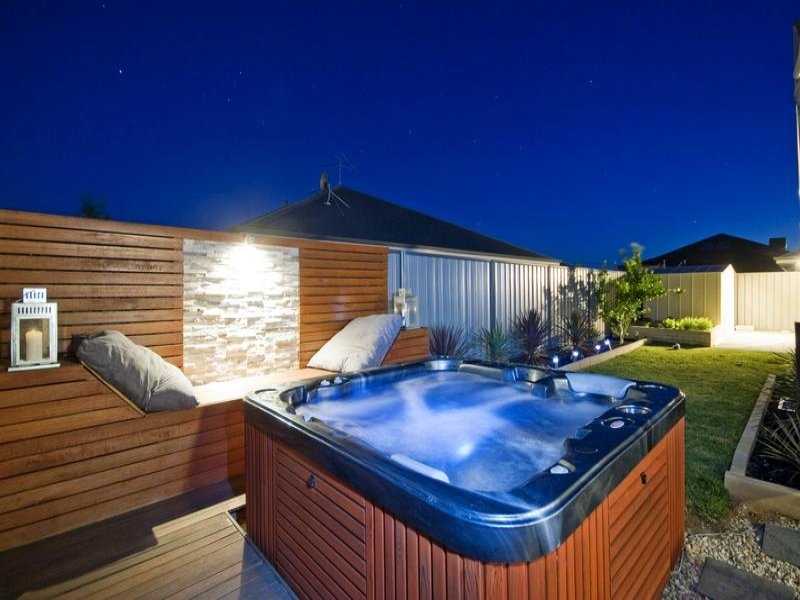All the pleasure of the athome spa

What if you invited well-being and relaxation through balneotherapy into your home, so that you could simply enjoy it whenever you wanted? A dream? Not at all. Because a spa can now be installed at home, both indoors and outdoors. What a pleasure.
The benefits of the spa
"Sanias per aqua" are the Latin words, which simply mean "health through water", the origin of this no, "spa", which you have been I'm sure you've already asked, like me, where it got its roots. The spa, actually much better known as a jacuzzi. Which, inevitably, awakens in everyone the idea of pleasure.
A pleasure which, in reality, has real therapeutic virtues. This is not the same as a simple bubble or whirlpool bath intended for fun. The spa, with its targeted hydromassage jets, brings real muscular relaxation to the whole body while activating the blood circulation. Because all areas of the body can be stimulated, you leave physically and mentally relaxed and fit. In today's society, it is no coincidence that the spa market has experienced breathtaking growth in recent years.
A spa at home
Let's make two things clear from the outset: firstly, the spa does not in any way replace the bathtub; secondly, it implies a certain budget, which can rise, including installation, from 5,000 to 30,000 euros (here we are, without any pun intended, in the most absolute luxury, including a plasma screen, connection for MP3 and iPod players, radio, etc.), for models ranging from 2 to 7 people. While the range, shapes and colours are really quite varied, the technology is the same.
Another point must be stressed: the spa, whether it is indoors or outdoors, absolutely requires special and regular maintenance, more vigilant than that of a swimming pool. And for good reason, since the water circulates at a temperature of 37° to 40° in a closed circuit. This means that there is a risk of bacterial growth, which is countered by a disinfection system using bromine, ozone or active oxygen. This filtration, disinfection and water recycling system can be automatic or semi-automatic. It must operate at least twice every twenty-four hours, with an average cycle time of 3 to 4 hours.
Finally, a spa should be regularly drained (manufacturers recommend changing the water once every three months for a 1,325 litre installation) depending on its use.
What are the property prices at the moment?
It is also advisable - and certainly in winter - to cover the spa when not in use with a cover to protect it from the elements and reduce heat loss.
In principle, there is nothing very complicated about installing a spa yourself. Provided that you are a (very) good handyman and that everything has been well planned. However, for a trouble-free installation, for a warranty cover without any unpleasant surprises, etc., we cannot recommend too much that you contact a professional. Just as you shouldn't let yourself be carried away by a dream at a trade fair or promotion. As with everything, give yourself time to make a comparative analysis. And perhaps you can do some preparatory work yourself - again, provided you are a handyman.
Written by
atHome
Posted on
16 March 2012
